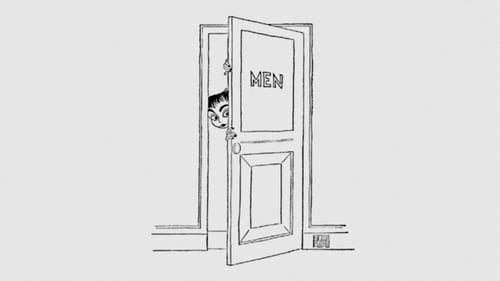
Cinematography
A study of Tennessee Williams's life and work as a whole, ranging from his youth in Mississippi and in St. Louis to success and acclaim, followed by the final difficult years. Includes some of the most celebrated scenes from film adaptations of Williams' work, among them extracts of A Streetcar Named Desire (1951),Cat on a Hot Tin Roof (1958), Night of the Iguana, The (1964), and Suddenly, Last Summer (1993) (TV). Contains footage of Williams being interviewed, including conversations with David Frost, 'Edward R. Murrow (I)', and Melvyn Bragg, as well as reminiscences from people who knew and worked with him, among them Edward Albee, Gore Vidal, and his lifelong friend, Lady Maria St. Just. Features readings from Elia Kazan's Notebook by Kim Hunter.

Cinematography
This film is a rich and haunting reinvention of medieval life that never loses its contemporary perspective. When the plague afflicts a village, this world seems to go up in an apocalypse of hatred and disease that presages our own century.

Cinematography
Roger Singh is an animal poacher with hate in his heart, and revenge on his mind. Embittered by a recent stint in prison, Singh returns to the forbidden ivory trade only to lock horns with new game warden and former friend Mark Smith, whose testimony years before helped put Singh away.

Director of Photography
The story of the legendary wits who lunched daily at the Algonquin Hotel in New York City during the 1920s. The core of the so-called Round Table group included short story and poetry writer Dorothy Parker; comic actor and writer Robert Benchley; The New Yorker founder Harold Ross; columnist and social reformer Heywood Broun; critic Alexander Woollcott; and playwrights George S. Kaufman, Marc Connelly, Edna Ferber and Robert Sherwood.

Director of Photography
Meredith Monk's "Ellis Island" is a haunting, reflective piece on Ellis Island and the immigrants who passed through there.

Cinematography
Monk’s meditation on WWII and recurring cycles of intolerance, fascism, and cruelty in history originated in 1976 as a live stage work utilizing elements of music, images, movement, dialogue, film, sound, and light. This film version, shot on 16mm in the Lepercq Space at the Brooklyn Academy of Music in 1977, was created in partnership with the New York Public Library for the Performing Arts as part of their initiative to document ground-breaking live performance for future restaging. QUARRY centers on a sick American child (played by Monk herself) whose world darkens as her illness progresses, this darkening including the rise of a dictator. A unique document of this innovative, boundary-blurring production, and a work of art on its own terms, replete with a film-within-a-film directed by Monk in 1975.

Director
...captivating in its filming of a variety of bubbles, to the accompaniment of Ravi Shankar's throbbing sitar, the film simulates, one assumes, the creation of the universe.





